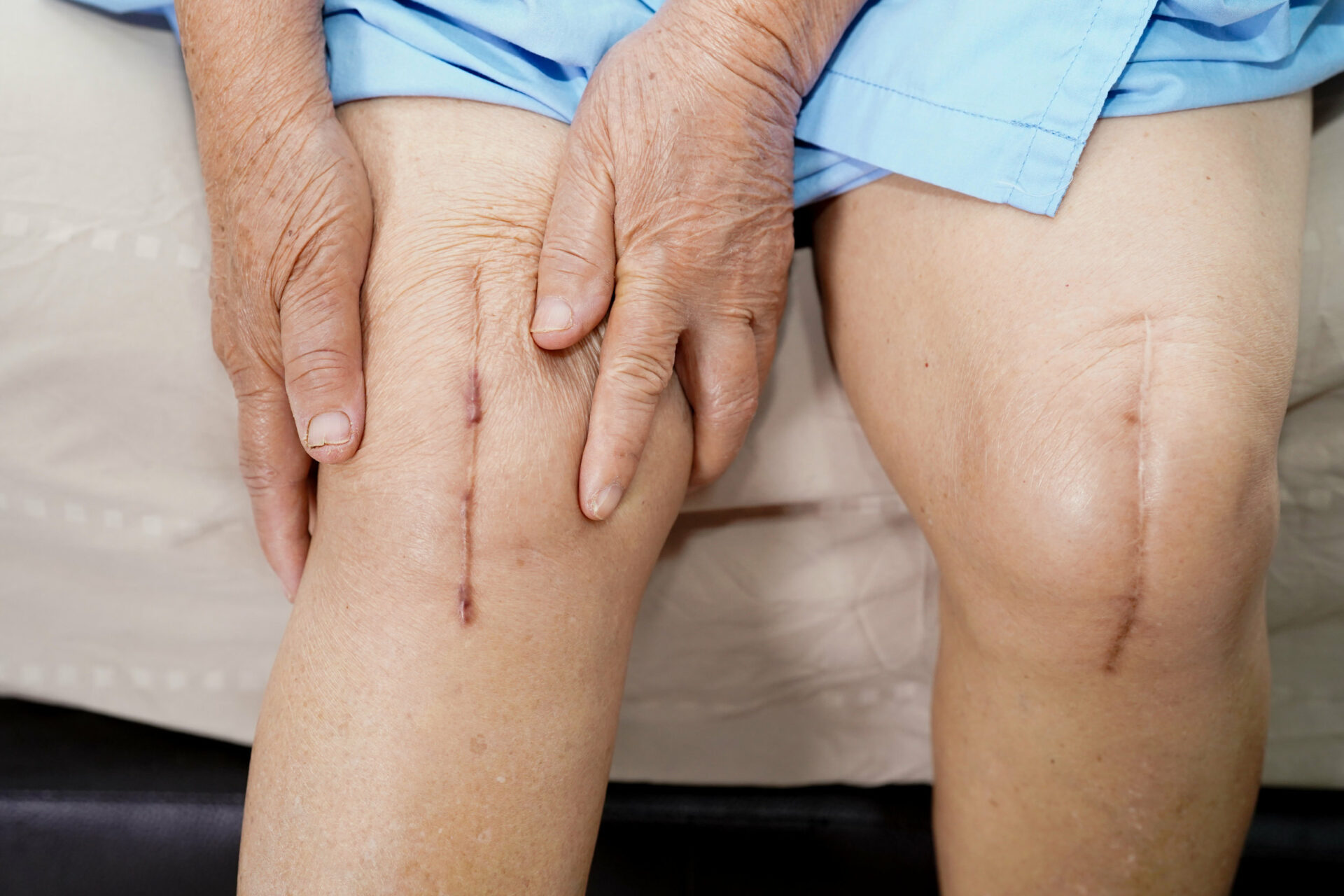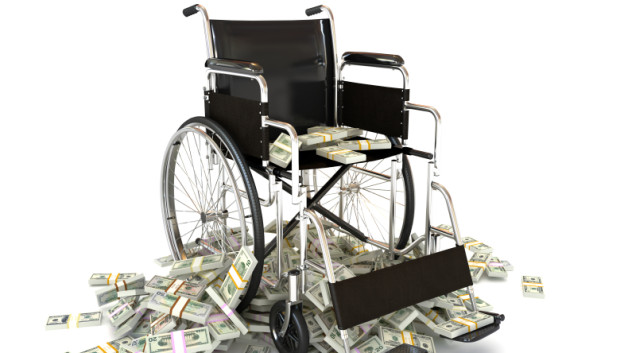When it is time for you to have knee surgery, your doctors have probably already explained you will need to have a comfortable place to recover and the recovery will take some time. To ensure you are ready to come home to a welcoming environment, we looked for the best information to make it easier for you to focus on your health as you heal. The following eight tips come from an article published in AARP.
If you live in a two-story home, create a first floor sleep/ recovery space.
You will quickly learn that navigating stairs is difficult immediately after knee surgery, says Geoffrey Westrich, M.D., an orthopedic surgeon and a professor at Weill Cornell Medicine at Cornell University. Consider converting a downstairs space into a bedroom during your recovery time. This makeshift bedroom should have a bed, or you can sleep on a couch or recliner. Ideally, you can access your bed, bathroom, and kitchen all on the same level.
Preprare your recovery area.
If you have a comfy chair you would prefer to use, make sure it is sturdy and you can elevate your leg. In this instance, a recliner would be the most helpful. If a recliner is not available, you can use a sturdy chair and an ottoman or a footstool to prop up your leg. Place a firm cushion on the chair to help you stand up. Next Day Access offers lift chairs that lift you to a standing position and rails to hold onto as you stand.
Place any items you might need nearby. These items include your hygiene products, reading materials, remotes, glasses, chargers, trashcans, tissue, medicine, and change of clothes.
Preorder medical equipment from your doctor’s office or Next Day Access.
Next Day Access has an assortment of items to help you get to your pre-surgery condition in no time. Items include everything from wheelchairs, walkers, toilet bowl extenders, grab bars and so much more. You can even discuss with Next Day Access, renting some of the items that might be out of budget.
Prepare your bathroom.
You will be much more comfortable if you have a portable showerhead attachment. The showerhead will help make bathing accessible. You will also need to use the grab bars from Next Day Access throughout the bathroom to assist you in and out of the tub and on and off the toilet.
Stock up on ice packs.
It is vital you ice your knee following surgery. The ice has been shown to reduce swelling and inflammation, eventually leading to a greater range of motion. You can use ice in Ziplock bags or frozen peas; whatever ice pack you choose will get the job done.
Clean out your refrigerator and freezer and stock it with easy to make items
The last thing you want to do after knee surgery is clean out the fridge and toss expired items. You may be on a strict diet. It is unlikely you will feel much like cooking. You can find no-fuss healthy items to place in the refrigerator that can easily be microwaved.
Declutter and deep clean the house.
Remove any trip hazards, like rugs or stacks of books. Make sure the space has plenty of room for turning or limping shortly after surgery without obstacles getting in the way.
Line up help from friends and family.
Even the most independent person can use a hand from time to time. The truth is to keep from hurting yourself worse, you need to enlist the help of other people. You can hire someone to deliver your groceries or walk your dog. However, it is a good idea to have a loved one on standby if you accidentally fall.
Remember, Next Day Access is here for you every step of the way. We will help you find exactly what you might need during your recovery, and if we don’t have it, we will find someone who does! Contact us today for a free in-home assessment.







 Home accessibility modifications can often be costly expenses that not only require customization, but the cost of professional labor and installation. However, often these expenses can’t be avoided as seniors want to age in place and remain in their homes for as long as possible.
Home accessibility modifications can often be costly expenses that not only require customization, but the cost of professional labor and installation. However, often these expenses can’t be avoided as seniors want to age in place and remain in their homes for as long as possible.